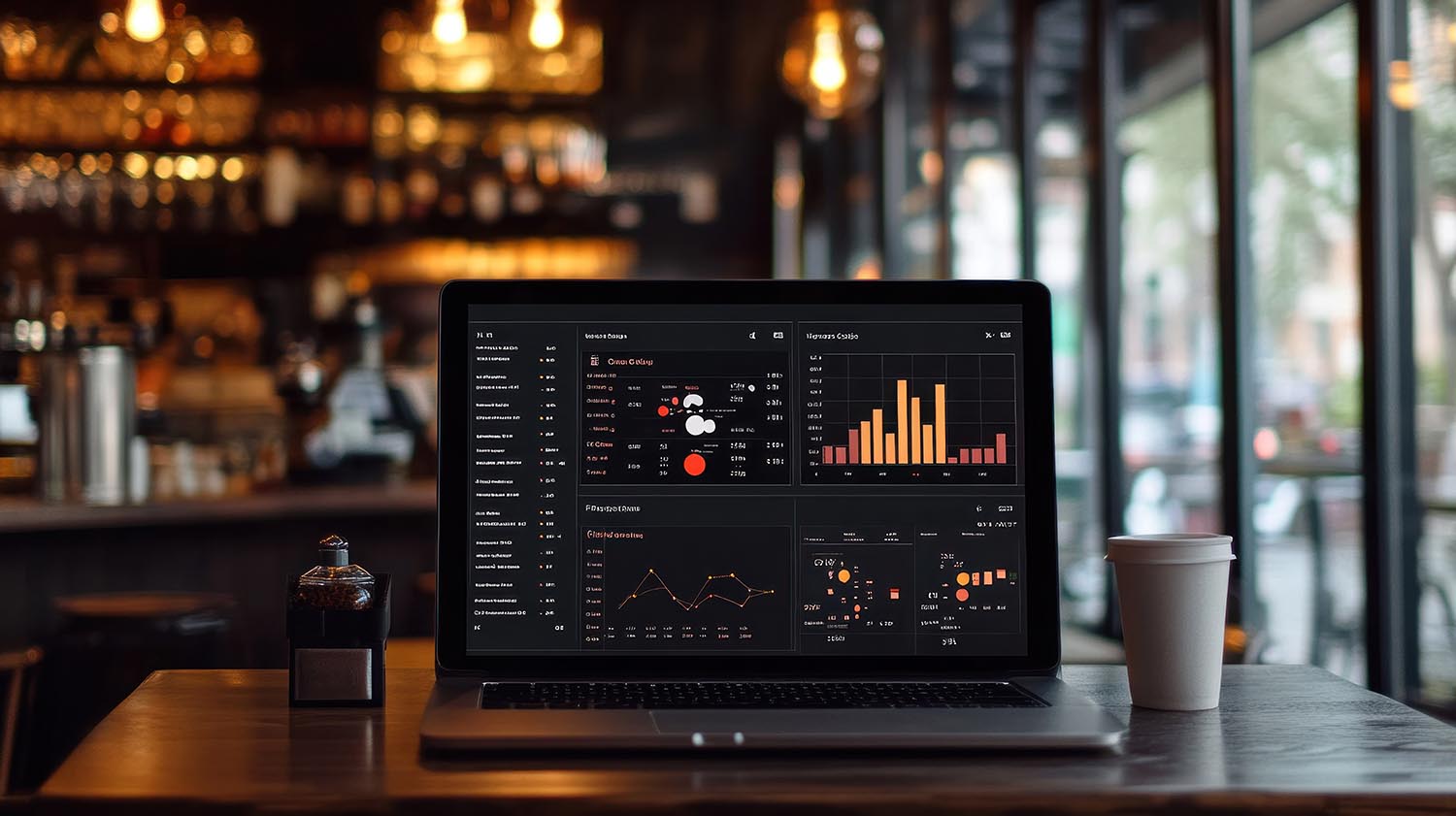Great restaurant operators know it takes more than just amazing food and a welcoming atmosphere to run a successful business. It also requires a sharp focus on operations, from managing costs and optimizing staffing to closely monitoring profit drivers at every step.
While the number of metrics to monitor may seem overwhelming, especially to those new to this field, don’t panic. Focusing on just a few can move the needle and lead to meaningful performance gains.
Tracking and analyzing these seven daily sales and labor metrics will enable managers to monitor progress, identify areas for improvement, and make informed decisions that maximize profitability.
1. Observe Daily Sales and Revenue Metrics
Daily sales tracking provides a detailed view of your restaurant's performance each day, broken down by menu item, daypart, revenue center, or team member.
It helps you answer key questions fast. “Did that wing special work?” “Are check averages up, or are we just serving more guests?” “How did each location perform?”
If needed, you can drill deeper into the data, from daily summaries to individual checks and transactions, to gain a better understanding of what drove the numbers.
This view, combined with manager log commentary, weather, and forecasted sales, provides a comprehensive understanding of what happened with sales at a store on a specific date. Use this insight during manager check-ins or pre-shift huddles to share wins and flag issues. Layer it with labor data to see if you’re running lean or overspending. A few minutes of review each day keeps you ahead of the curve.
2. Monitor Daily Labor Hours, Breaks, and Overtime Metrics
Labor is one of the most controllable costs in your restaurant, but only if you’re keeping a close eye on it. Daily labor tracking gives you a clear view of how labor was used at the store level on a specific day, including total hours worked, breaks taken, overtime logged, and clock-in/clock-out activity.
You can start by reviewing a daily summary and, if needed, drill down into shift details and individual punch records to understand exactly what happened during a shift. Labor activity can also be summarized by employee, allowing you to quickly identify patterns such as late clock-ins, missed breaks, or unexpected overtime.
Ask questions like, “Did our staffing match the flow of guests?” “Why did labor costs spike on Tuesday?” “Are certain employees consistently missing breaks or clocking out late?”
Reviewing labor usage at the day level helps you catch issues early before they lead to burnout, compliance problems, or payroll surprises.

3. Analyze Product Mix and Modifier Profitability Metrics
Tracking product mix and basket patterns helps you identify what resonates with guests and how different menu items contribute to your bottom line.
Ask questions like: “Are wings climbing the ranks?” “Did that new sandwich flop?” “What is trending up, and what should we stop ordering so much of?” “Are guests pairing burgers with beer, or skipping drinks altogether?” Reviewing these patterns regularly helps you stay ahead of waste issues and tighten food costs.
A good product mix view should combine the sales and costs of add-ons and extras with the main item, allowing you to see the actual profit you are making on each dish. It helps you identify when a popular item is less profitable due to expensive modifications or inconsistent upsells.
You can leverage these insights to coach your team. Show servers which combos guests already love and turn that into easy upsell opportunities. If you know guests tend to order salads with flatbread, build it into your service script. Over time, these patterns help you reduce waste, tighten your food cost, and boost check averages, without you needing to reinvent the menu.

4. Compare Forecasted vs. Actual Sales
Comparing your sales forecast to actual results helps operators understand how well they’re planning ahead and where they need to adjust.
Look for patterns: “Are our projections on point?” “Did we overstaff for lunch?” “Are we consistently missing the mark on weekends?”
Over time, fine-tuning your forecast smooths out operations, tightens food prep, and reduces costly surprises. And when you factor in variables like holidays, local events, and even weather from prior years, you can dial in forecasts with even greater precision.
5. Track Scheduled vs. Actual Labor Metrics
Monitoring scheduled hours versus actual hours worked reveals the gap between what was planned and what actually occurred. “Did someone miss a shift?” “Were we paying premium rates we didn’t budget for?” “Are shifts running longer than expected or are some employees milking the clock?” These insights help you tighten scheduling, avoid payroll waste, and protect your margins.
Monitoring these metrics can help you enforce more effective scheduling and identify patterns in missed punches, overtime, or late clock-ins. It’s one of the quickest ways to get labor costs back on track and make sure the right people are in the right place at the right time.
6. Measure Productivity Metrics Like Sales per Labor Hour & Entrees per Labor Hour
Two simple but powerful metrics every operator should track: Sales per Labor Hour and Entrees per Labor Hour.
These metrics help you connect labor effort to actual output. Start with the basics: “How much are we selling for every hour worked?” That’s your Sales per Labor Hour. Then dig deeper: “How many entrees are we getting out per hour?” That’s Entrees per Labor Hour. These offer up a simple but powerful measure of kitchen and floor efficiency.
Together, these numbers show which shifts are running smoothly, who's doing their part, and where you might be overstaffed or need to provide extra support.

7. Review Performance Trends Across Sales, Labor, and Guest Counts
Taking a big-picture view of performance over time helps you spot trends that daily numbers might hide.
Look across periods like week over week, quarter over quarter, or year over year. Filter your numbers by location, operator, department, or revenue center so you can ask, “Are we improving?” “Which stores are consistently leading?” Which stores are lagging?” “Are we making real progress?”
Keeping a regular pulse on these metrics gives you the context to plan proactively, allocate resources effectively, and drive long-term growth. It’s beneficial for multi-location operators who need a clear picture of how each team is performing. Whether you’re tracking sales growth, labor efficiency, or guest counts, this view gives you the context to make smarter and more strategic decisions.
Final Takeaways
Keeping a close eye on these metrics can empower you to make informed decisions, optimize operations, and ultimately pave the way for sustained success. Remember, these are not just numbers but vital signs of your restaurant’s financial health.
Of course, calculating useful financial metrics relies on having accurate financial data and easy-to-read reports at your fingertips. That’s where ForteSG can help. Forte’s customizable reporting framework lets you configure metrics, terminology, and groupings that reflect how your business operates. So, you get insights tailored to your structure, not just generic reports. Contact us today to learn more.





SHARE